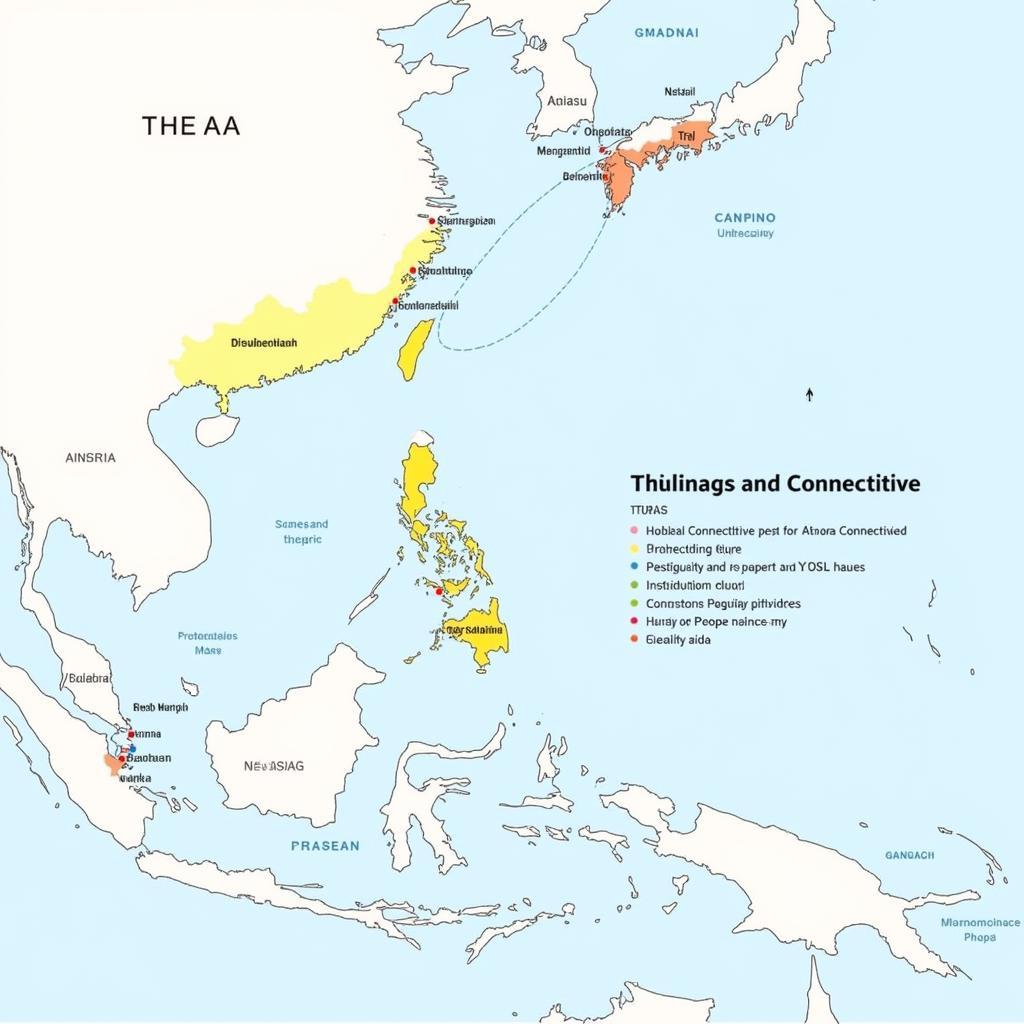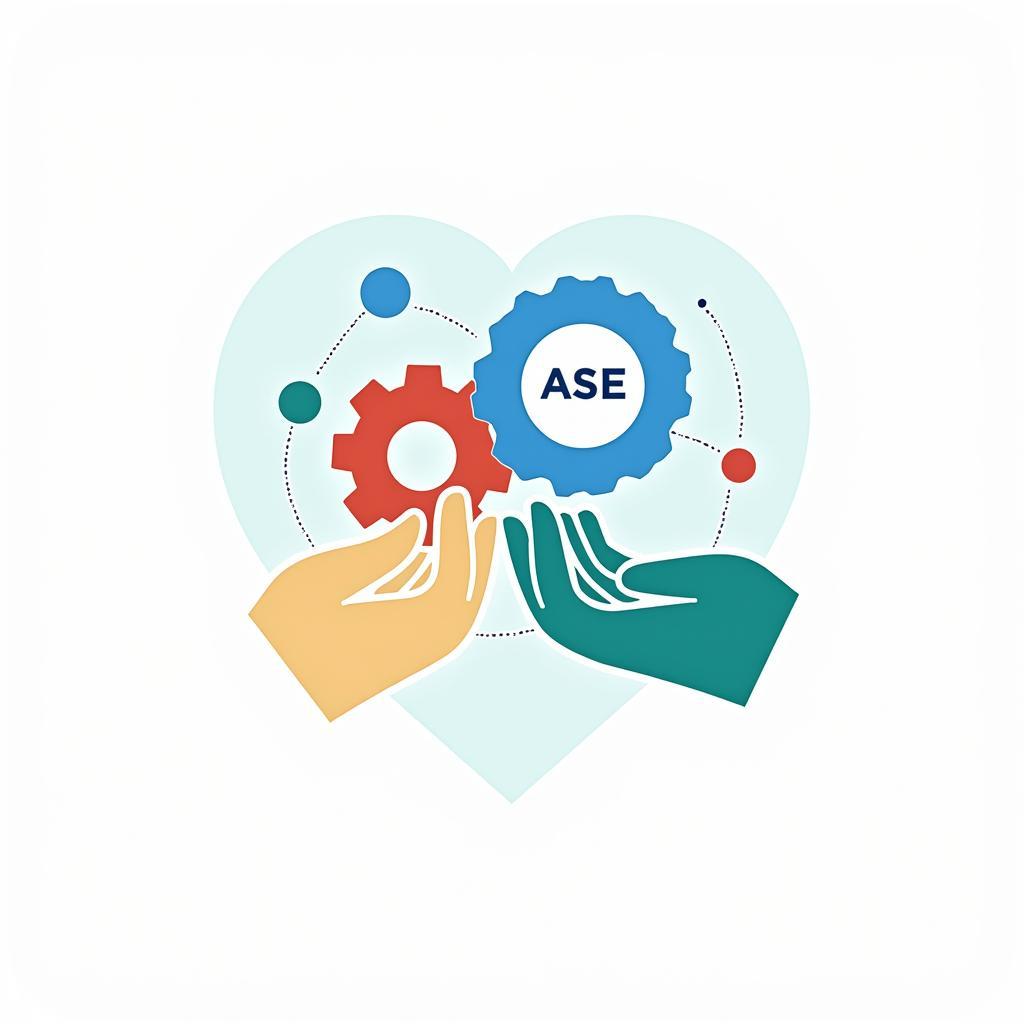The terms “ASE” and “ACS” frequently pop up in discussions about Southeast Asian regional cooperation, often causing confusion about their distinct roles. While both contribute to the region’s integration, they operate on different levels and with different focuses. This article aims to shed light on the key distinctions between ASE and ACS, helping you understand their respective contributions to Southeast Asia’s dynamic landscape.
Delving into ASE: The Foundation of Economic Integration
ASE, or the ASEAN Economic Community (AEC), represents a pivotal pillar of the Association of Southeast Asian Nations (ASEAN). Established in 2015, the AEC envisions a highly integrated and cohesive economic region characterized by free flow of goods, services, investments, and skilled labor.
Key features of ASE:
- Single Market and Production Base: Promotes the free movement of goods, services, investment capital, and skilled labor within ASEAN.
- Competitive Economic Region: Fosters fair competition, consumer protection, and intellectual property rights.
- Equitable Economic Development: Aims to narrow the development gap among ASEAN member states.
- Integration into the Global Economy: Positions ASEAN as a strong and competitive player in the global market.
Exploring ACS: Connecting ASEAN through Enhanced Connectivity
ACS, short for the Master Plan on ASEAN Connectivity (MPAC), focuses on strengthening physical, institutional, and people-to-people connectivity within the region. Adopted in 2010 and updated in 2016, the MPAC outlines strategic initiatives to bridge infrastructure gaps, streamline regulations, and foster closer ties among people.
Key aspects of ACS:
- Sustainable Infrastructure Development: Prioritizes interconnected transport networks, reliable energy infrastructure, and digital connectivity.
- Seamless Logistics and Regulatory Frameworks: Aims to simplify cross-border trade processes and harmonize standards.
- Enhanced People-to-People Connectivity: Promotes cultural exchanges, tourism, education collaborations, and skilled labor mobility.
 ASEAN Connectivity Dimensions
ASEAN Connectivity Dimensions
ASE vs. ACS: Understanding the Interplay
While distinct in their approaches, ASE and ACS are inherently interconnected, working in synergy to achieve shared objectives.
- Complementary Relationship: ACS complements ASE by creating the necessary infrastructure and regulatory environment for seamless economic integration.
- Mutual Reinforcement: A well-connected ASEAN, facilitated by ACS initiatives, strengthens the foundation for a robust and integrated economic community envisioned by ASE.
- Shared Vision of Prosperity: Both frameworks contribute to a shared vision of an ASEAN that is prosperous, integrated, and influential on the global stage.
“ASE and ACS are not competing frameworks, but rather two sides of the same coin,” says Dr. Maya Soetoro, a Southeast Asian Studies expert. “They represent a holistic approach to regional integration, recognizing that economic prosperity thrives on a foundation of robust connectivity and collaboration.”
 ASE and ACS Synergy
ASE and ACS Synergy
Conclusion: A Future Defined by Collaboration
Understanding the difference between ASE and ACS is crucial for comprehending the multifaceted nature of ASEAN integration. While ASE focuses on building a unified and competitive economic bloc, ACS lays the groundwork by fostering connectivity across various dimensions. The success of one is intertwined with the other, reinforcing the importance of a collaborative and holistic approach to achieving shared prosperity in Southeast Asia.

